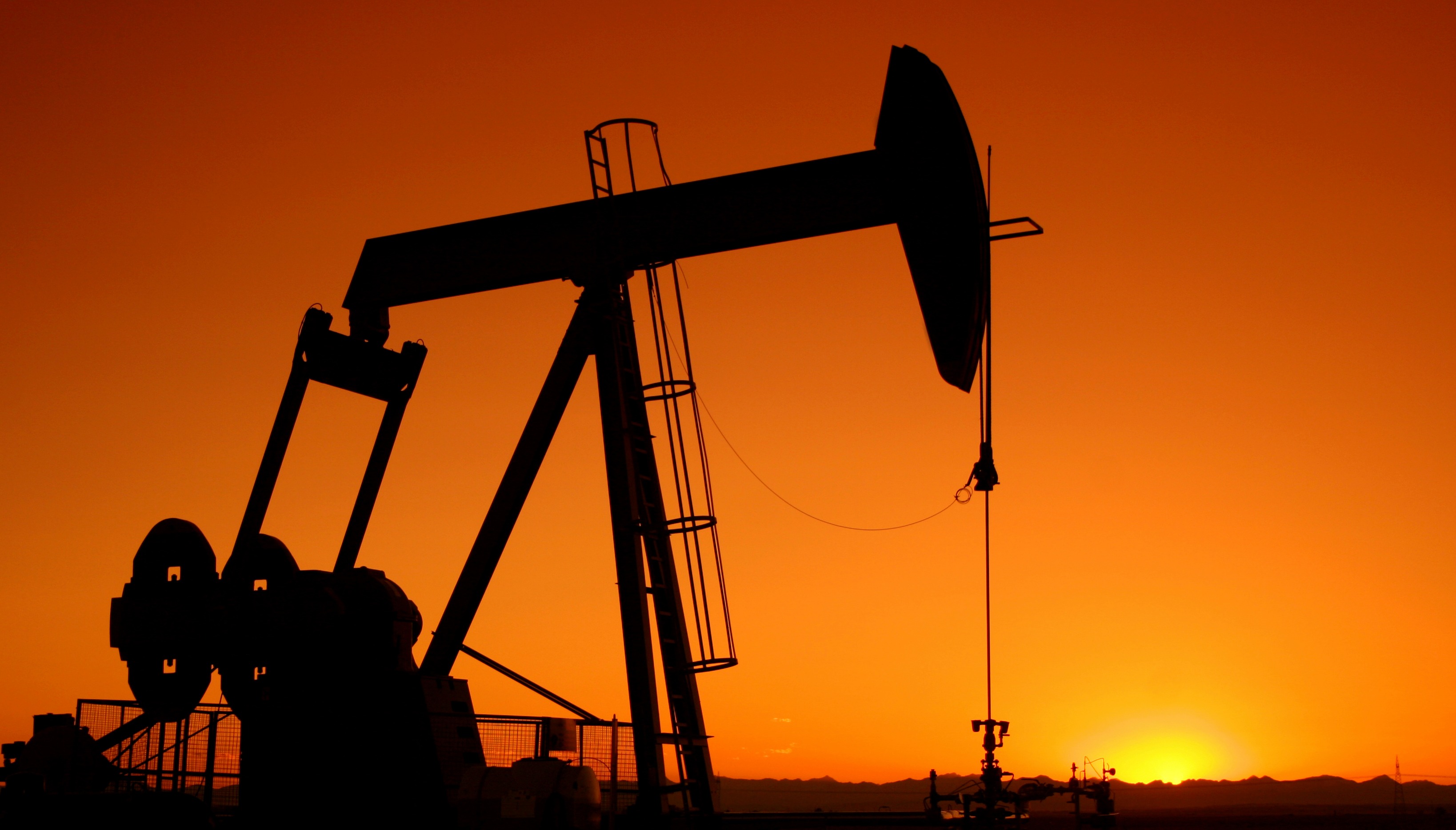National Petroleum Day - A Very Refined National Holiday

If you think that August 27th is just another day, you’d be mistaken. It’s National Petroleum Day!! Ice cream has a national day, hot dogs, too, so why not petroleum, especially when you consider how essential petroleum is to our daily lives. Think about it.
Petroleum is used to power our cars, trucks, buses, generators, jets, boats, and motorcycles, to name just a few. It also makes over 6,000 products, including tires, fan belts, footballs, cameras, telephones, anti-freeze, car enamel, trash bags, and the list goes on and on. To say life without petroleum would be different than we know it would be quite the understatement. It would be a daily struggle.
Petroleum Primer
The discovery of petroleum in the United States happened on August 27th, 1859, when Edwin L. Drake struck oil 70 feet below the surface in Titusville, Pennsylvania — launching the modern-day U.S. petroleum industry.
As a fossil fuel, hydrocarbons that were initially formed from the remains of ancient plants and animals make up petroleum. Millions of years of heat and pressure from underground acted on these hydrocarbons, turning them into petroleum.
Like coal and natural gas, petroleum is a non-renewable source of energy, and once extracted and consumed, it can’t be replaced.
One day the world will reach it’s highest production level or “peak oil,” and our oil supplies will run out. Many experts believe this could occur as early as 2050.
But for the here and now, let’s concentrate on the present and tip our hat to petroleum and the vital role it plays. To that end, the following are some interesting facts to know about this versatile substance that makes everyone’s world go round every day.
- Petroleum is a broad category that includes crude oil and petroleum products. The terms oil and petroleum are interchangeably used.
- The word “petroleum” comes from the Latin petra, which means rock or stone and oleum, meaning oil.
- Petroleum formed more than 300 million years ago.
- The Sumerians, one of the earliest known civilizations, discovered petroleum on the banks on the Euphrates River and used it for numerous applications, including road building and waterproofing.
- The first use of the word petroleum was by a German mineralogist in 1556.
- Petroleum can occur in liquid, gaseous, or solid forms.
- Although petroleum has powered lighting and heat for thousands of years, it did not become a significant fuel source until after the Industrial Revolution.
- “Wildcatting,” a risky practice, is drilling for petroleum in an area where there are no proven oil reserves. A wildcat operation in rural California at the turn of the 20th century discovered substantial oil reserves, turning working-class miners into multi-millionaires.
- Extracting petroleum is an environmentally hazardous process and requires massive and sophisticated machinery. For land extractions, drilling and pumping need an oil rig. Offshore extractions are done by an oil platform, which is even larger and more complex than an oil rig.
- A little less than half of the world’s petroleum reserves are in the Middle East. But the amount of oil the reserves produce is only 30% of the amount produced globally.
- A 42-gallon barrel of crude oil yields around 45 gallons of petroleum products because of “processing gain,” which occurs when the product of a material has a lower specific gravity than it did in its refined form.
- Refining petroleum is the process of converting crude oil into more useful products.
- One way of classifying petroleum is by its sulfur content. By this classification, one would describe petroleum as either “sweet” (low sulfur) or “sour” (high sulfur).
- In 2019, the United States consumed an average of 20.46 million barrels of petroleum per day or a total of about 7.47 billion barrels of petroleum products.
- Several environmentalists believe that to avoid severe global warming, 75 to 80% of the world’s current oil reserves should remain unused.